Disclosure: We may get commissions for purchases made through links in this post.
Bluestone patios are known for their beauty and durability. But when you install a bluestone patio, do you need to seal it? We're here to answer your questions. We've researched this topic to bring you the answer you're looking for!
You should seal a bluestone patio for many reasons. Sealing will improve the overall strength of the patio and prevent a lot of inconveniences. It can also protect the surface from stains, heat, and more.
However, the benefits of sealing the patio still depend on your purpose. Some homeowners leave it unsealed due to personal preferences whether for style or for a temporary installation.
A bluestone patio is a wise investment for many homes. It can guarantee you high standards that will last for many years. Compared to other stone patios, bluestone is very expensive due to limited availability. Its enchanting beauty is sure to turn heads. We have a lot more to share with you about the bluestone patio and the significance of sealing it. Read this entire article to learn all about it!
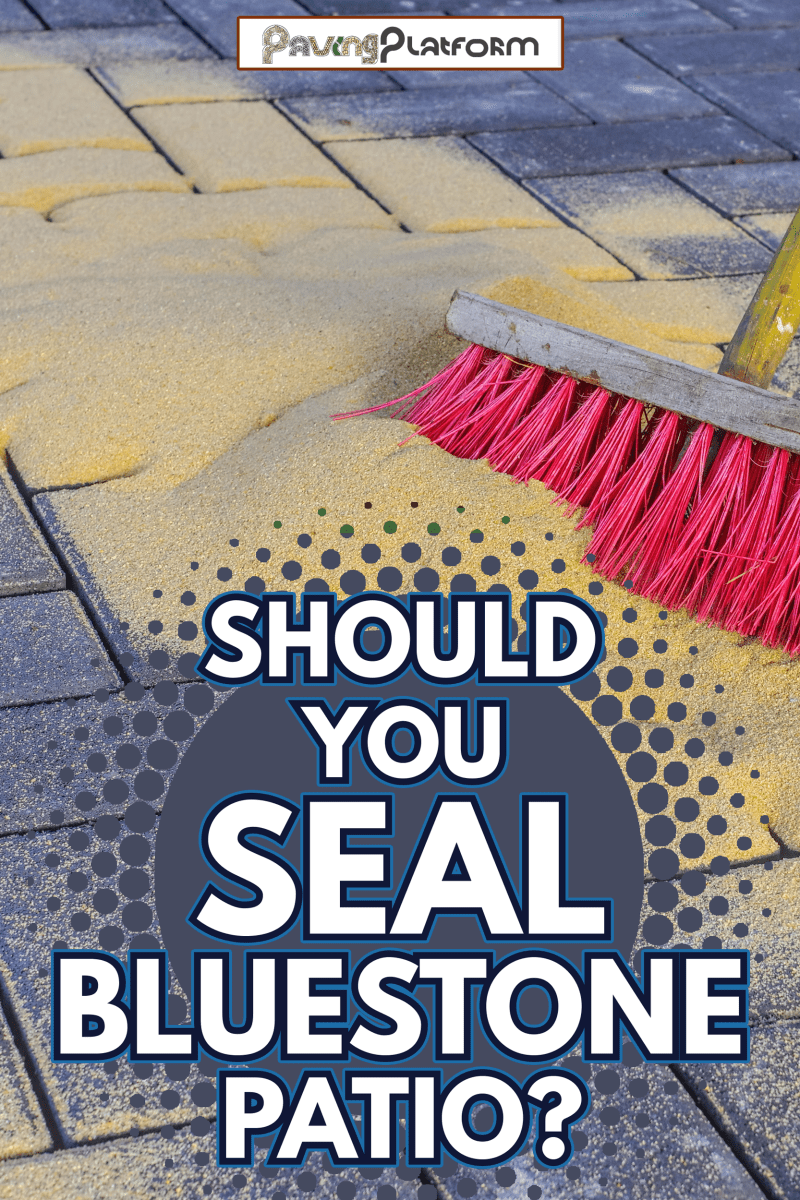
Why Seal Bluestone Patio?
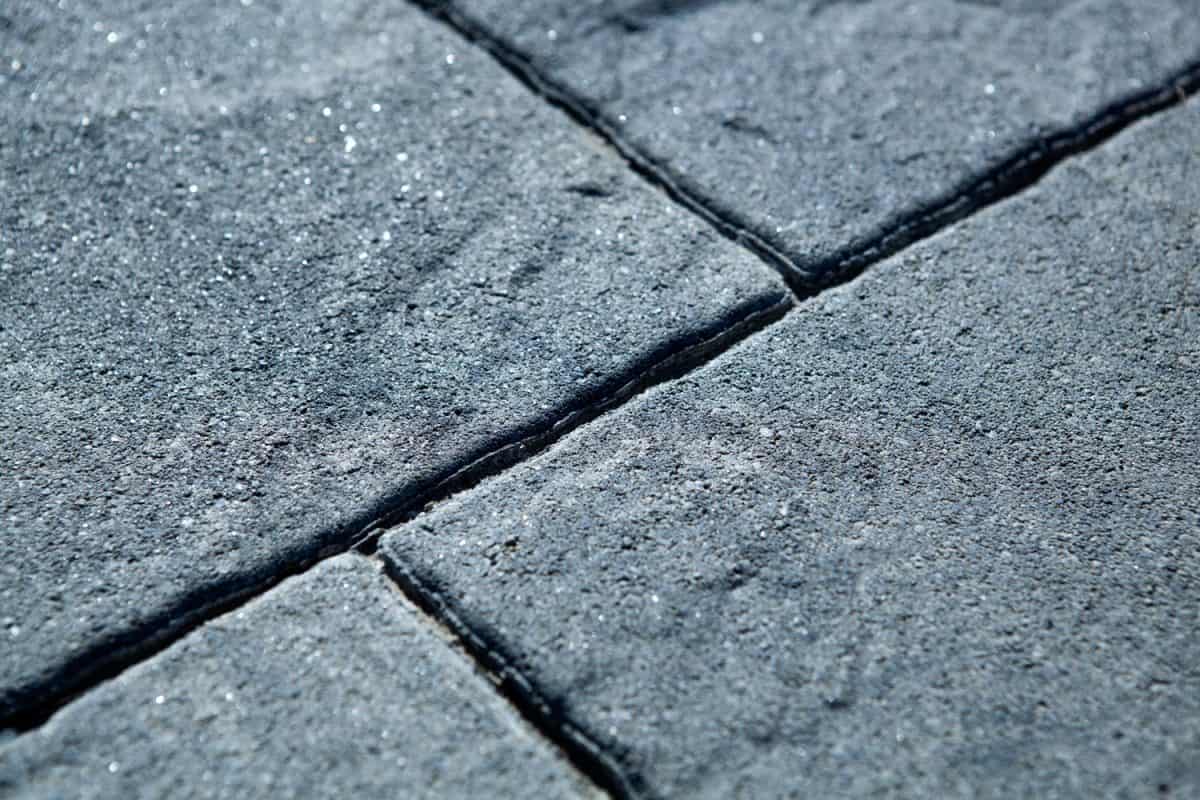
There are a lot of benefits to sealing a bluestone patio. Here are some of the biggest:
Enhanced Stability
Sealing can enhance the patio's stability against movements and misalignment. Sealing can also contribute to the safety of walking over a patio by bonding it firmly to the ground. The underside of the patio might slide if you skip sealing.
Restricted Plant Growth
Sealing will restrict sunlight and nutrients that cause plants, like weeds or algae, to grow. This restriction is significant in keeping the patio layered and reduces the risk of obtaining damage and dirt. We'll discuss later in this article how to remove plants between pavers.
See this weed killer on Amazon.
Pest Control
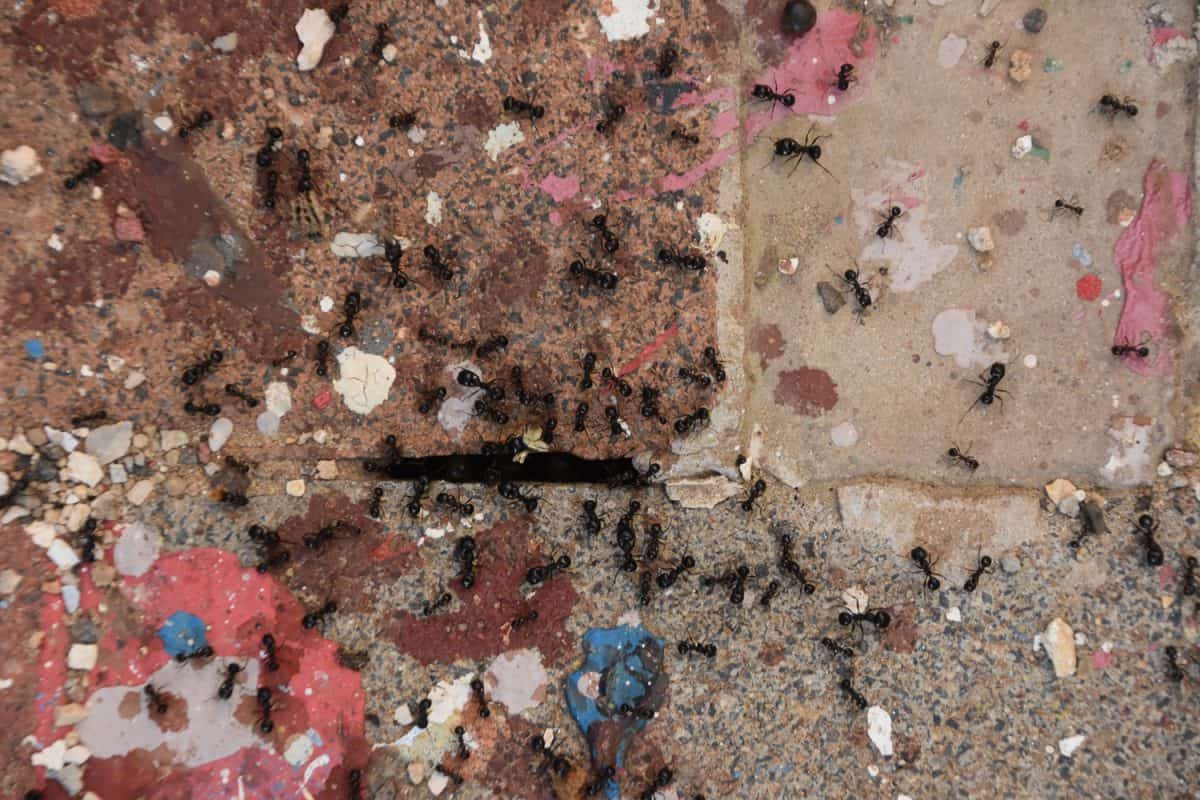
By sealing the patio, pests can't live between the joints. Pests such as ants, centipedes, and bugs can degrade the quality of patios. They can cause a lot of inconveniences, like major cleaning, when the joints are left unsealed. They may also soften the bedding underneath, which will make the patio sink.
Improved Durability
A sealed patio has the ability to resist impact. Walking over the patio on a regular basis can modify its shape and texture. Sudden impacts, like falling objects, may instantly damage the patio. That's why we recommend improving your patio's durability by sealing it, and you'll end up saving more money in the long term.
How to Install Bluestone Patio?
The sealing stage comes after installation. It's relevant to know the proper way to install a patio.
Simply follow these steps:
- Clear the area. Dig at least 0.25 inches deep below the ground.
- Pour gravel and layer it throughout the area.
- Install bluestone pavers on top with a rubberized mallet.
- Spread sand to fill in the remaining gaps.
- Dust off the entire area.
Should You Leave Space Between Patio Stones?
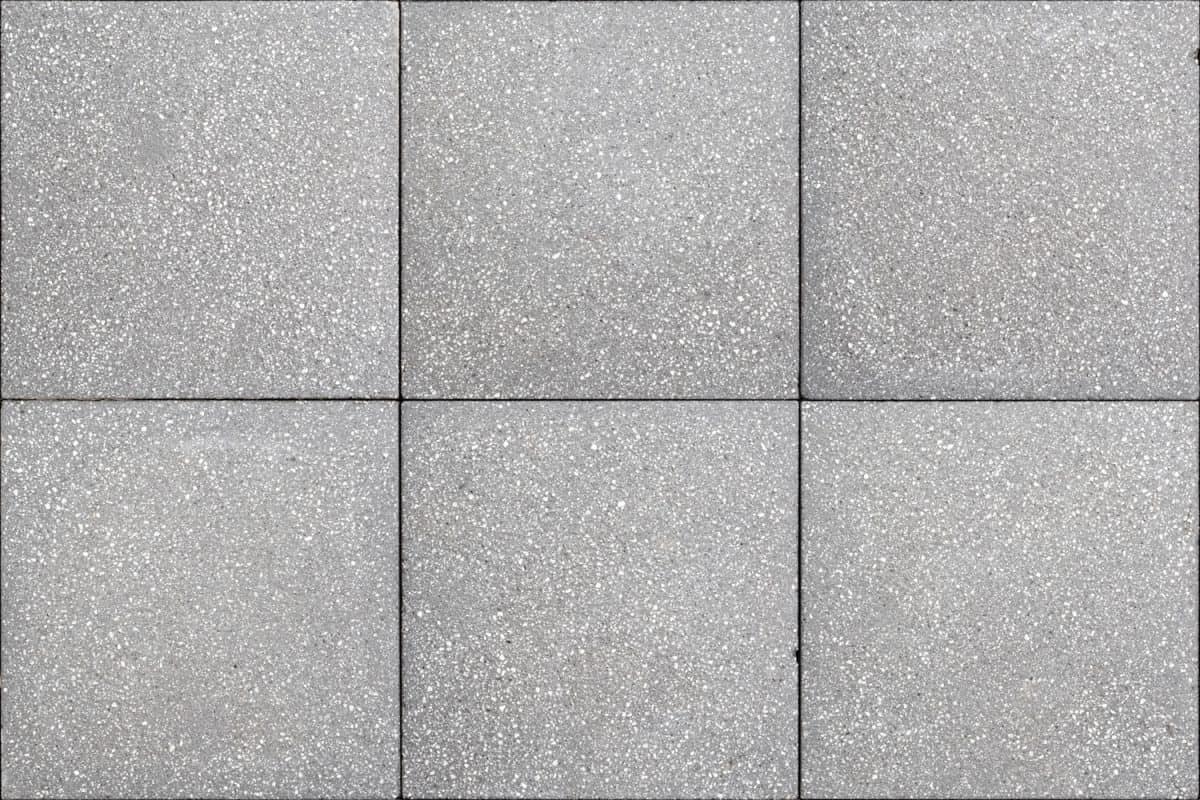
The standard spacing between patio stones is at least 0.25 inches. This spacing is considered safe for walking.
Contrary to what most homeowners believe, not leaving space is actually risky if the installation isn't correctly done. The patio may become out of alignment with regular use if you didn't space and seal it. However, some homeowners prefer a large space of approximately six inches for a more open aesthetic. You may also do this but you'll need fillers between the gaps to stabilize the patio stones.
One option to achieve even spacing is the use of spacers. Spacers are made of silicone or rubber and are used to keep a certain distance between stones or tiles. These spacers can hold the stones in place to prevent them from moving while filling the joints. However, spacers are not required for patio installation provided that the distance is accurate.
See this pack of silicon spacers on Amazon.
What Sealant Can Be Used for Bluestone Patio?
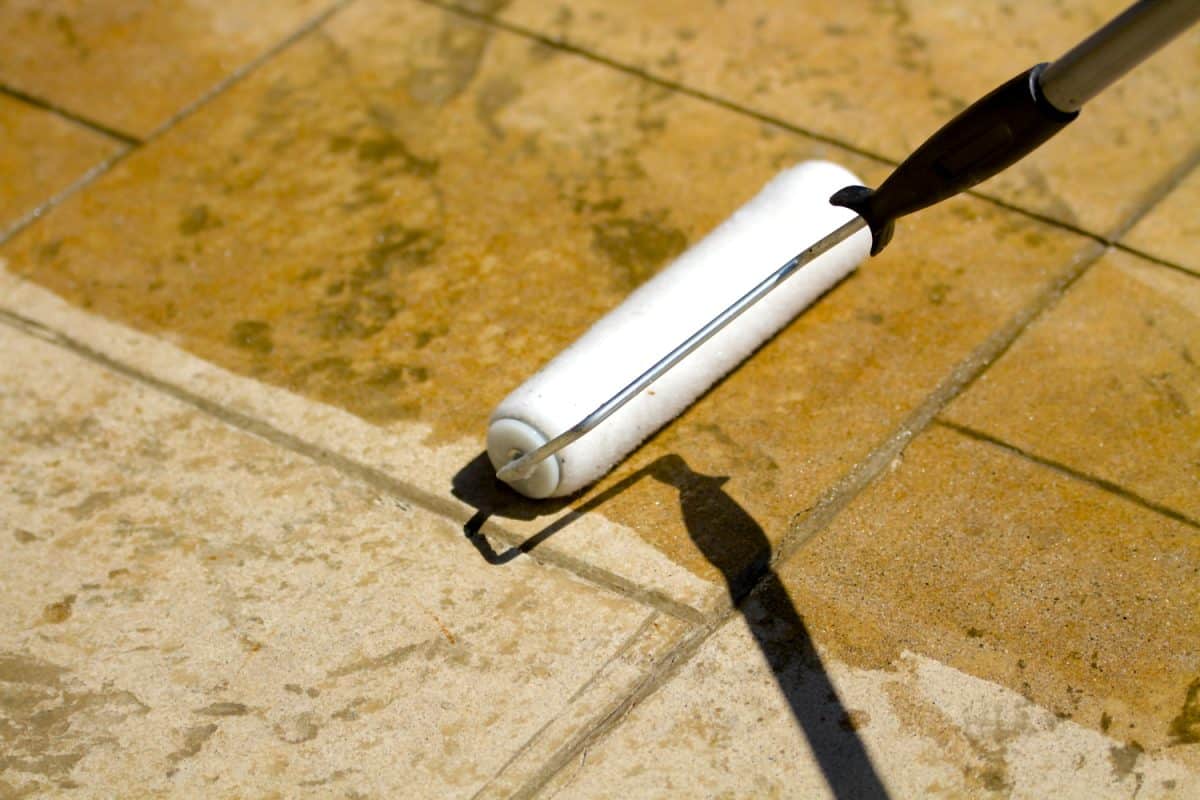
Patio sealing depends on how wide the space is between them. The wider the space, the more fillers you'll need. See below for some ways you can seal a bluestone patio.
Liquid Sealant
Liquid sealant protects pavers from scratches and dust. It's also effective in keeping the bluestone's color.
To use a liquid sealant, do these steps:
- Make sure patio is dry and clean.
- Using a paintbrush, apply the sealant.
- Let the sealant dry.
See this clear sealant on Amazon.
Paver Sand
Paver sands differ in texture. It's recommended to use fine sand to make the pavers more intact. The sand will bond between the pavers, locking them in place.
Follow these steps to fill paver joints with sand.
- Spread sand throughout the area and fill in the joints.
- Thump the pavers gently for firmer hold.
- Wash the joints with water.
See this polymeric sand on Amazon.
Stone Fillers
Homeowners intentionally leave wider gaps on their patios to suit their style. This technique requires more fillers to stabilize the patio. However, you should use medium-sized stones to improve the stones' grip.
To use stone fillers, follow these steps:
- Wash the stone fillers to remove residual dirt.
- Pour stone fillers on the gaps.
- Press the stones by stepping into them.
See this stone filler on Amazon.
Risks of Not Sealing Patio
Given there are benefits, there are also risk for not sealing patio. You may see the list below:
- Plants will take over the gaps
- If you use stone fillers, they may be easily wiped out by heavy rain
- Cleaning is harder due to the faster accumulation of dirt
- The ground will be hotter or cooler
- Patio damage may occur more quickly
- The soil underneath may get soft, causing the patio to sink
When to Start Sealing Bluestone Patio?
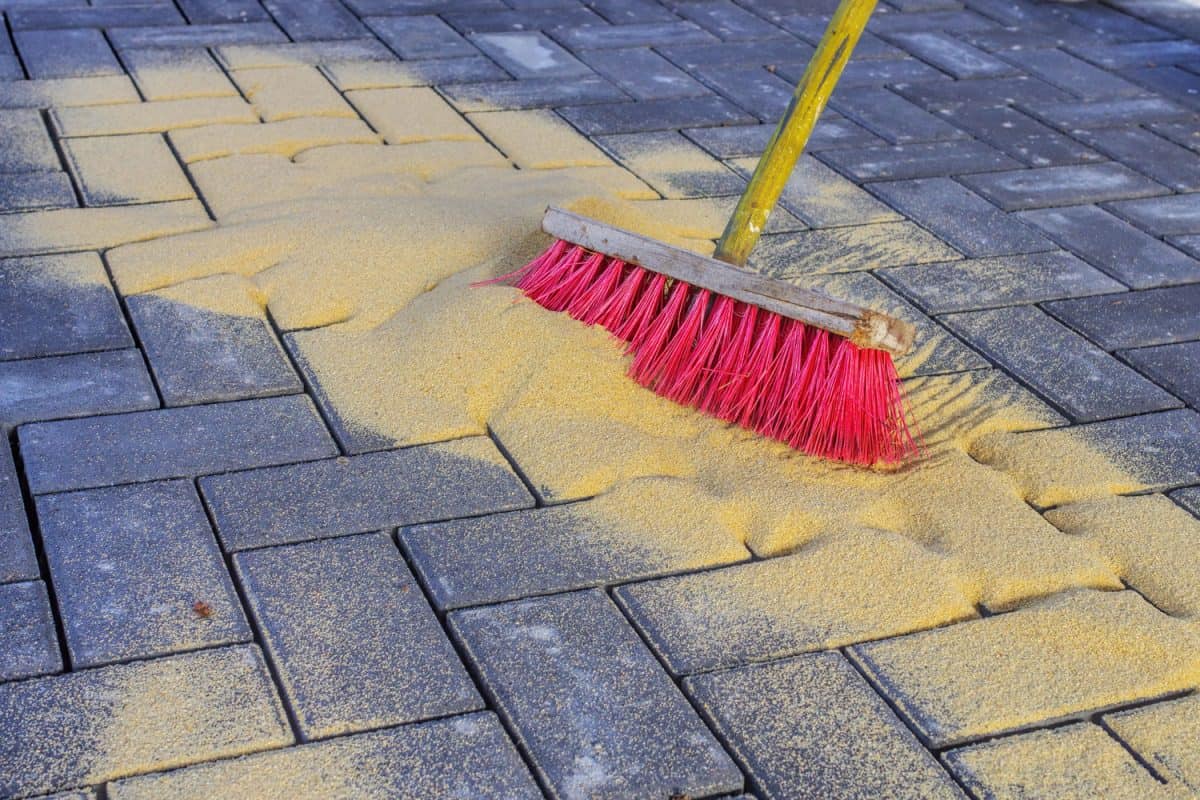
You should seal the bluestone patio right after the installation. This is to keep the sealant effective while the patio is freshly bonded to the ground. Sealant can contribute to the characteristics of bluestone, resulting in a safer patio texture.
How Often Should Bluestone Patio Be Sealed?
Sealant fades with time. You should reapply sealant every two years to retain the patio's texture. However, sand should be reapplied at least every six months. It's crucial for keeping the patio safe for regular use.
How Long Does Bluestone Patio Last?
A bluestone patio can last from 35 to 50 years. You can extend your bluestone's longevity by sealing the patio.
Can You Use Bluestone as A Stepping Stone?
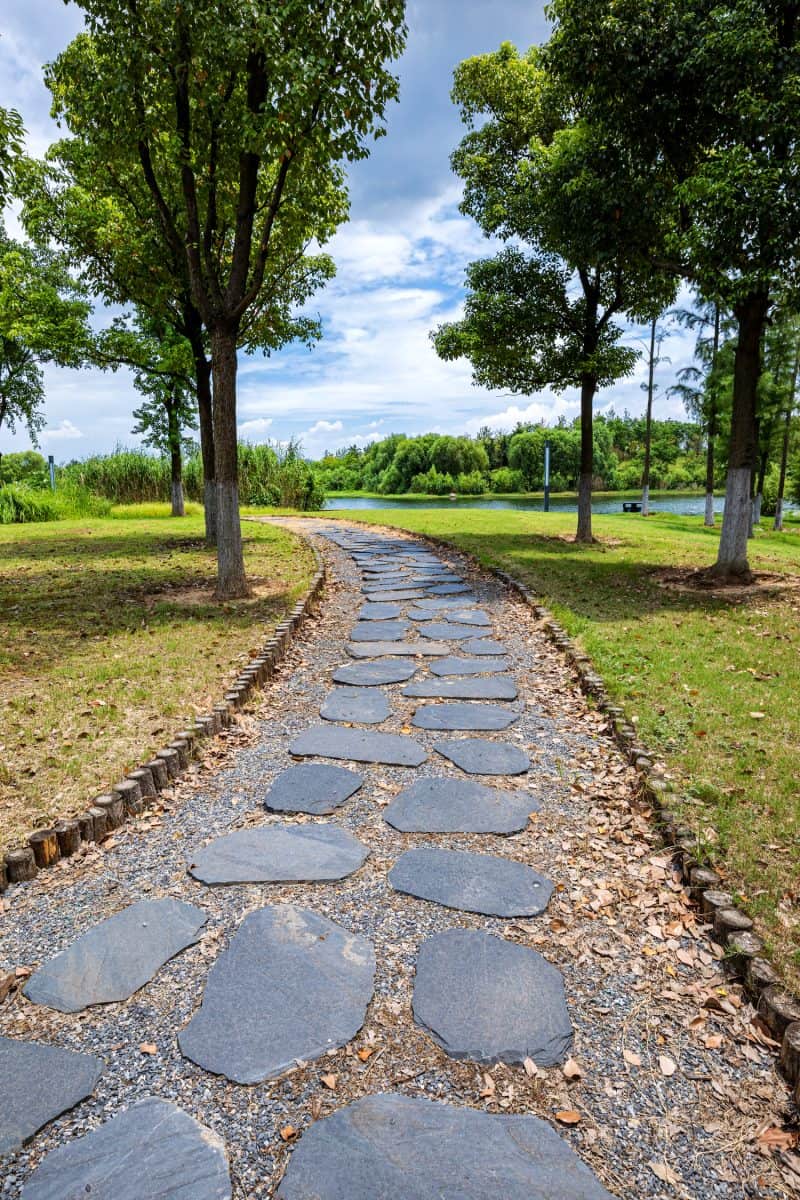
You can definitely use bluestone as a stepping stone. They are nice and tough against impact. However, consider these factors before using bluestone as a stepping stone:
- Stepping stones should be at least eight inches wide to be safe for walking
- You should seal the bluestone stepping stone as it can be dusty when left unattended
- At least three inches of space should be left between stepping stones
- Assess the ground if it seems to be sinking or weak. You need to fix it first
- Make sure the stones are evenly layered
- Stepping stones may sink. You should not leave any heavy equipment on them
- Stepping stones need more frequent cleaning to prevent them from being slippery
Other Natural Stone Patio
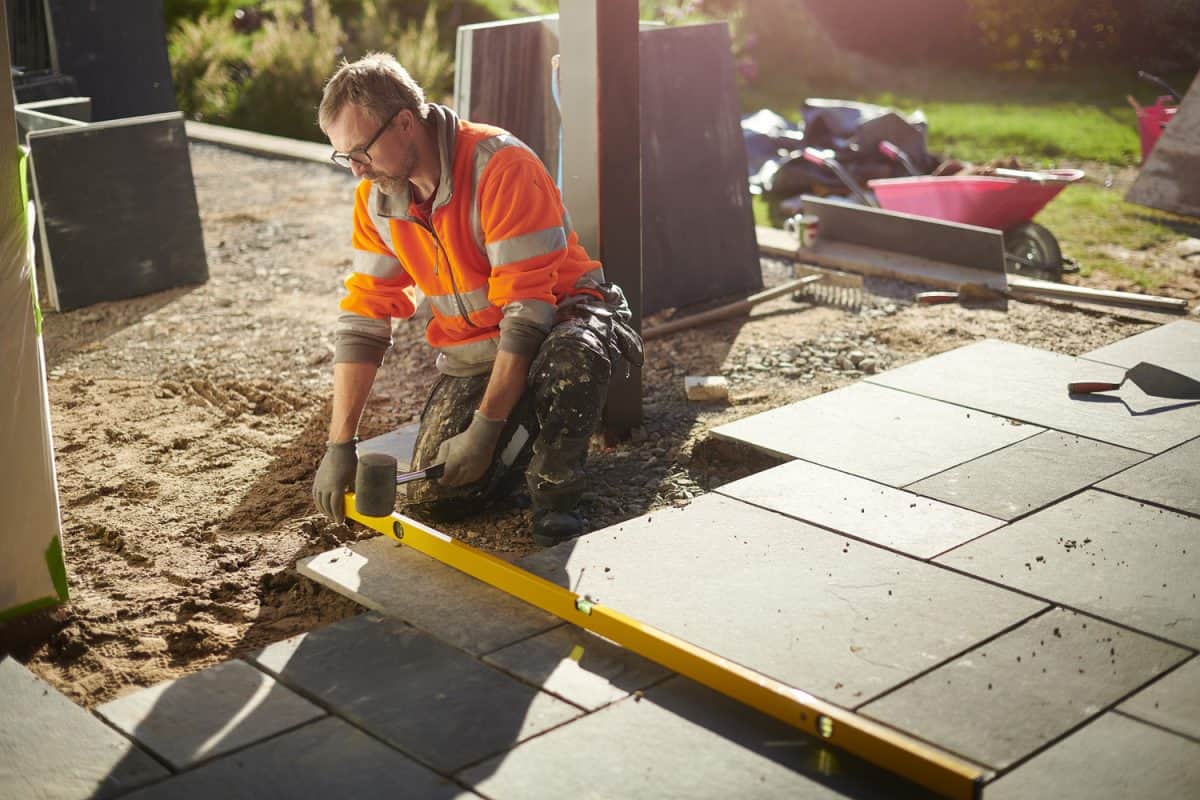
Aside from bluestone, you may also see other natural stone patios to evaluate the quality. Natural stones differ in origin and texture. It's essential to know how they're produced. Be cautious when selecting a stone patio because there are fake patios out there with deceptive appearances. Consult an expert.
Flagstone
Flagstone is a sedimentary rock composed of silicon, calcium, iron, and other earthly minerals. You may rely on the flagstone's resistance to being slippery. Flagstone is durable, although it can be dusty due to rich minerals.
Granite
Granite is highly-resistant to heat since it comes from magma or volcanic rocks. It's true that granite is expensive, but it can stand out in quality. It's hard to cut granite. Also, you'll be required to seal granite to make it safe for bare feet.
Marble
Marble tiles are often glossy and smooth. However, going barefoot is still safe. Marble is a metamorphic rock made by extreme heat and pressure. It is then combined with clay to form different shapes. Marbles are usually glossy, yet durable. You don't need to put too much effort into cleaning marble tiles. They are also resistant to moisture.
Conclusion
While not absolutely necessary, it's often better to seal a bluestone patio for maximum quality and longevity.
In this article, we've discussed the factors affecting the quality of the bluestone, how to install and seal a bluestone patio, and other popular stones for patios and walkways.
To learn more about paving, be sure to check out these articles:
Do Pavers Need To Be Sealed? [And How To Tell If Yours Are Sealed]






![Vibrant Red Paver Stone Path, Can You Spray Paver Sealer? [How To Apply It]](https://pavingplatform.com/wp-content/uploads/2022/04/Vibrant-Red-Paver-Stone-Path-600x400.jpg)
![Properly laid out red pavers for a garden, Can You Tint Paver Sealer? [And How To]](https://pavingplatform.com/wp-content/uploads/2022/04/Properly-laid-out-red-pavers-for-a-garden-600x400.jpg)
